Last updated: December 14, 2023
A quick guide to cutting and eating loquats the right way, plus handy storage, selection, and recipe tips for this delicious fruit.
The loquat is a unique fruit that comes in a bite-sized package. But don’t think you can just bite right into them! Inside this fuzzy little fruit are multiple large, inedible seeds that make preparing and eating loquats a bit tricky.
In this article, I’ll show you the easiest way to cut and eat a loquat. I will also share some of my favorite tips for using and storing this quirky little fruit, in addition to a few recipe tips.
How to Eat Loquats
Have you ever eaten a loquat? Not even sure what this fruit is or where it comes from? Keep reading!
What Is a Loquat?
Loquats are small, yellow to orange fruits about the size of an apricot. They can be round, oblong, or pear-shaped, depending on the cultivar and growing conditions. Other common names for this fruit include Chinese plum, Japanese plum, and Japanese Medlar.
Loquats are native to China, where they have been cultivated for many centuries. They now grow readily in high-altitude, subtropical areas of the world, including Japan, Chile, Australia, New Zealand, the Mediterranean, and much of the Middle East.
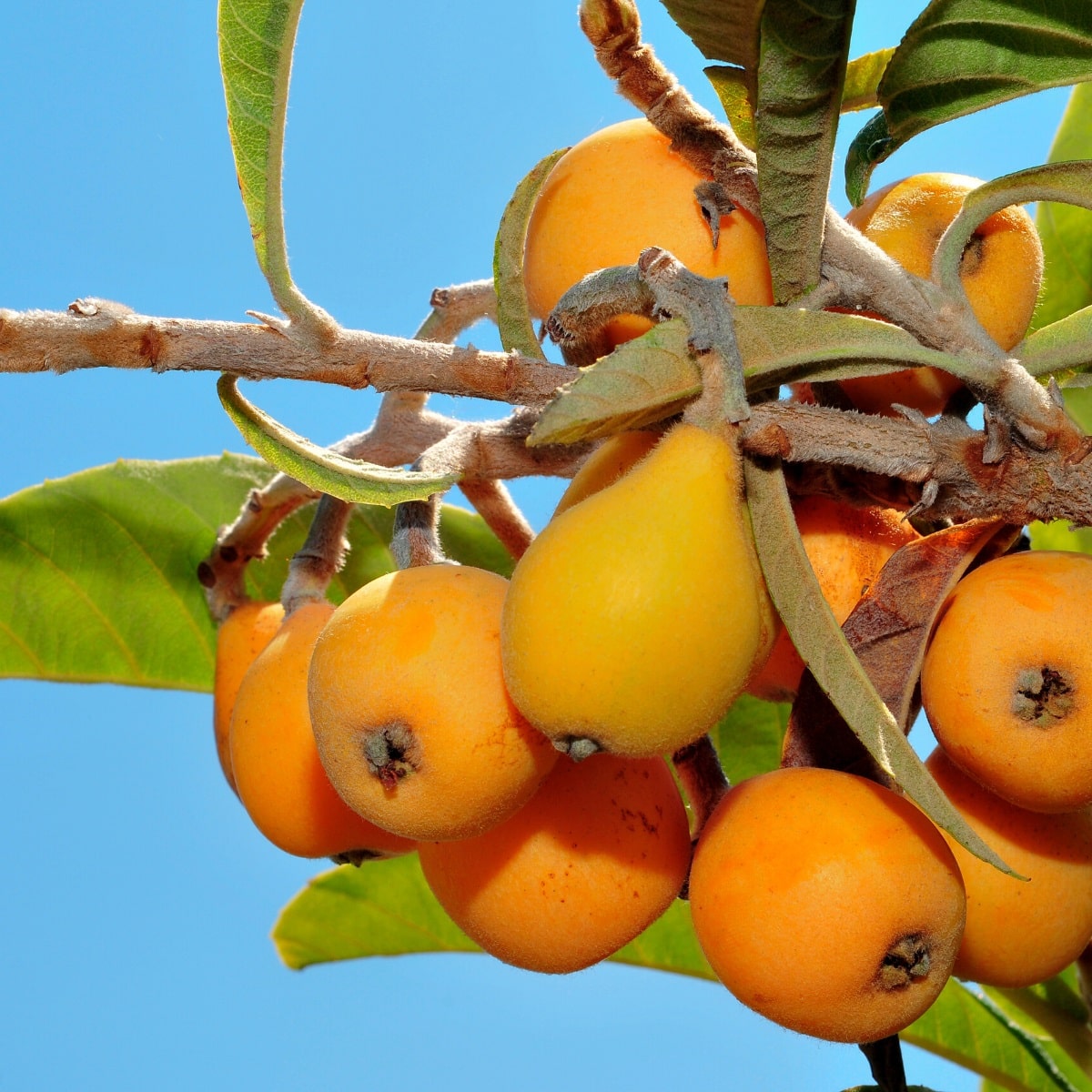
These highly adaptable fruits can even be found growing in the US. They are common in Florida, California, Texas, and in the mountains of Hawaii.
Loquats are an excellent source of vitamin A, vitamin B6, folate, manganese, magnesium, potassium, and phosphorus. In smaller amounts, you’ll also find vitamin C, riboflavin, thiamine, calcium, and iron in loquats (source).
Read my guide to yellow fruits for more of these delicious, brightly colored fruits you need to try.
Skin and Flesh
Much like a peach or apricot, the skin of a loquat is soft and fuzzy. The taste is also very similar to these stone fruits. Very ripe loquats are sweet and slightly acidic, like an apricot, while less ripe fruits have more of a sour punch underlying that sweetness.
While loquats may look and taste a lot like common stone fruits, they aren’t closely related. Though both are in the rose family, loquats are closer genetically to apples and pears than peaches and apricots.
The fuzzy peel and flesh of the loquat are both edible, though some people prefer to peel the fruit before eating it. The flesh ranges from white to deep orange, depending on the cultivar. A bright yellow-orange peel and a little give when squeezed are signs of a ripe fruit.
Seeds
Unlike stone fruits, loquats have multiple large inedible seeds in the center rather than a single pit. The number of seeds can vary between one and five.
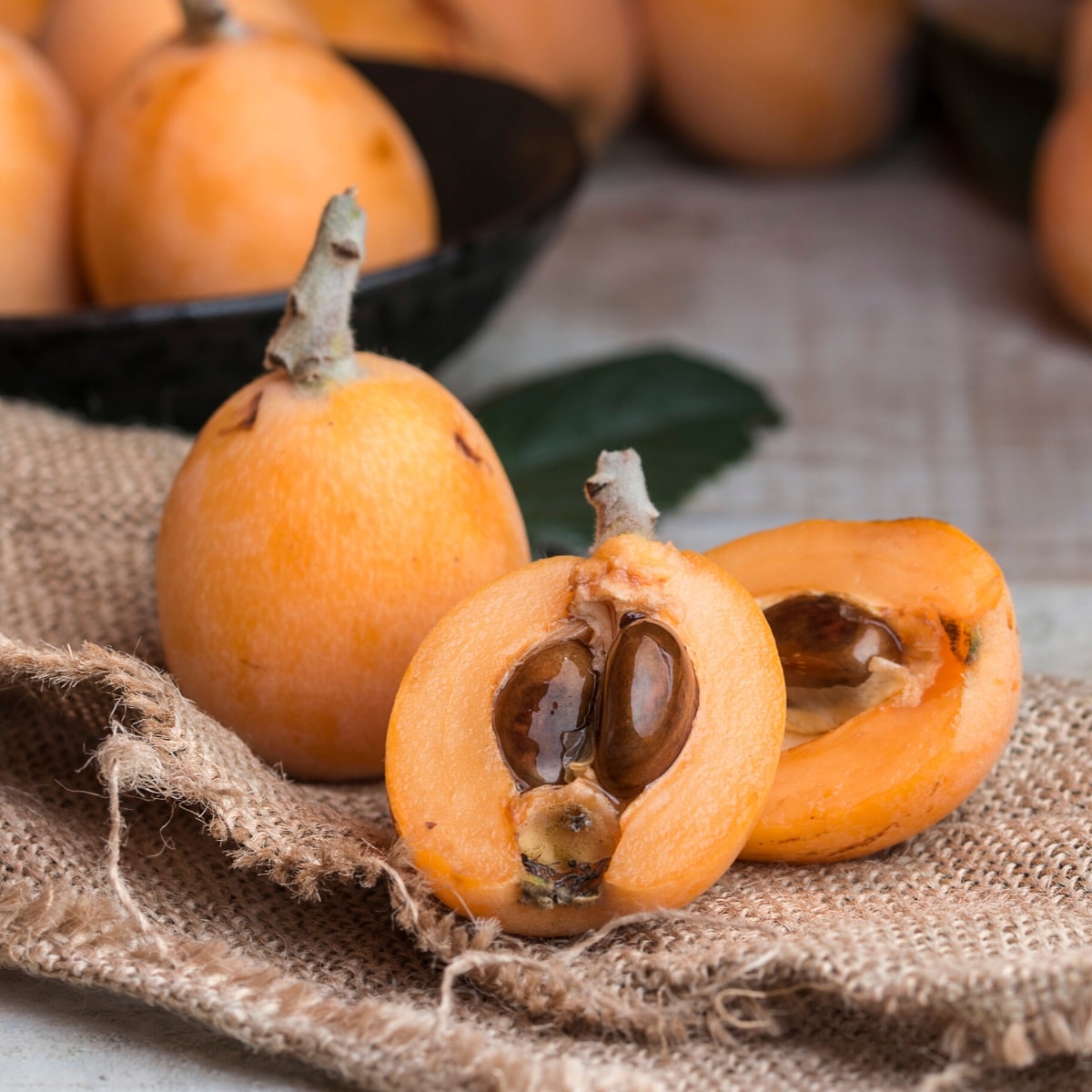
Not only would these seeds be difficult to swallow, but they can be toxic when eaten in large quantities.
Those seeds are what make loquats so tricky to cut and eat. Luckily, once you know how to deal with them, you’ll find these fruits are actually fairly easy to prepare and enjoy.
Steps for Eating a Loquat
Follow these steps to cut and eat a loquat:
- Choose a ripe loquat that is a bit soft on the touch and has a bright yellow-orange color.
- Rinse the loquat under cool or warm running water to remove any dirt.
- Start by removing the stem. Fresh-picked loquat will often have a long stem on one end. Simply pull this off and discard.
- Use a sharp paring knife to remove the blossom end on the opposite side of the fruit. You can cut straight down to remove the entire end or cut in at an angle to create a wedge and remove the hard nub without wasting too much edible flesh.
- Place the loquat on a cutting board and slice it in half lengthwise. The knife will hit the hard seeds in the center and stop. At this point, pick the fruit up and carefully cut around the center.
- Once you have the fruit split in half, remove the seeds using a spoon.
- If you don’t want to eat the skin, remove it with the knife or use your fingers to gently peel it off.
- Your loquat is now ready to be eaten!
Now you are ready to enjoy the fruit however you prefer (see my tips below). To eat it fresh, simply pop each piece into your mouth. If you don’t like the texture of the skin, you can easily peel it off with your fingers.
Practical Tips
Now that you know how to cut and eat loquats like a pro, here are a few more tips for selecting and working with this unique fruit.
How to Know When Loquats Are Ripe
A ripe loquat has bright yellow-orange to orange skin, depending on the variety, and no areas of green. The fruit will give a little when squeezed, much like a ripe peach, but shouldn’t be too squishy.
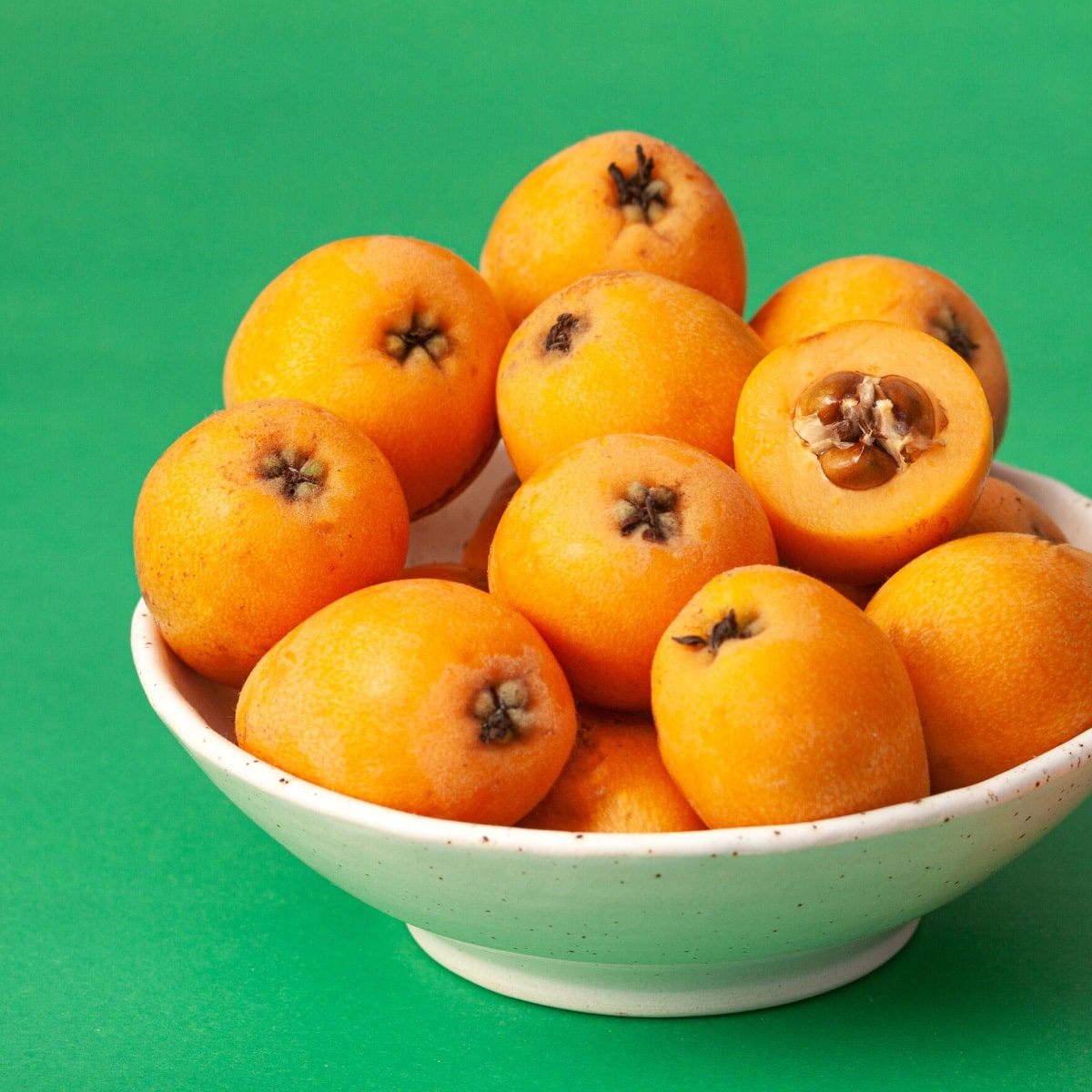
Fully ripe fruits are ideal for eating fresh. But slightly unripe fruits that show no green but are still firm to the touch are preferred for use in baking.
How to Store Loquats
Unripe loquats should be stored on the counter. The warmer temperatures will help them ripen up quicker. Stored that way, they should last around three weeks.
Ripe loquats will only last around three to four days on the counter. Putting them in the fridge will extend their shelf life by a day or two, but these fruits are best enjoyed promptly. They also bruise very easily, so take care when storing them.
Loquat Uses
Much like a plum, these small fruits make an excellent fresh snack. They are the perfect size for a little pick-me-up and have a wonderful flavor for enjoying straight. But the uses for loquats go far beyond this.
One great way to enjoy loquats is to bake them into pies or tarts. When baking with these fruits, it’s best to choose firm fruit that hasn’t completely ripened yet. These have a slightly tarter flavor that compliments sweet pie crust wonderfully.
Loquats are also great for making preserves, jams, and jellies. Like apricots, they can be dehydrated and eaten as a dried snack. The really ripe ones are great candidates for this preparation.
Additionally, sliced loquats can be added to fruit salads and sweet greens salads. They also make great additions to smoothies, parfaits, and ice cream sundaes.
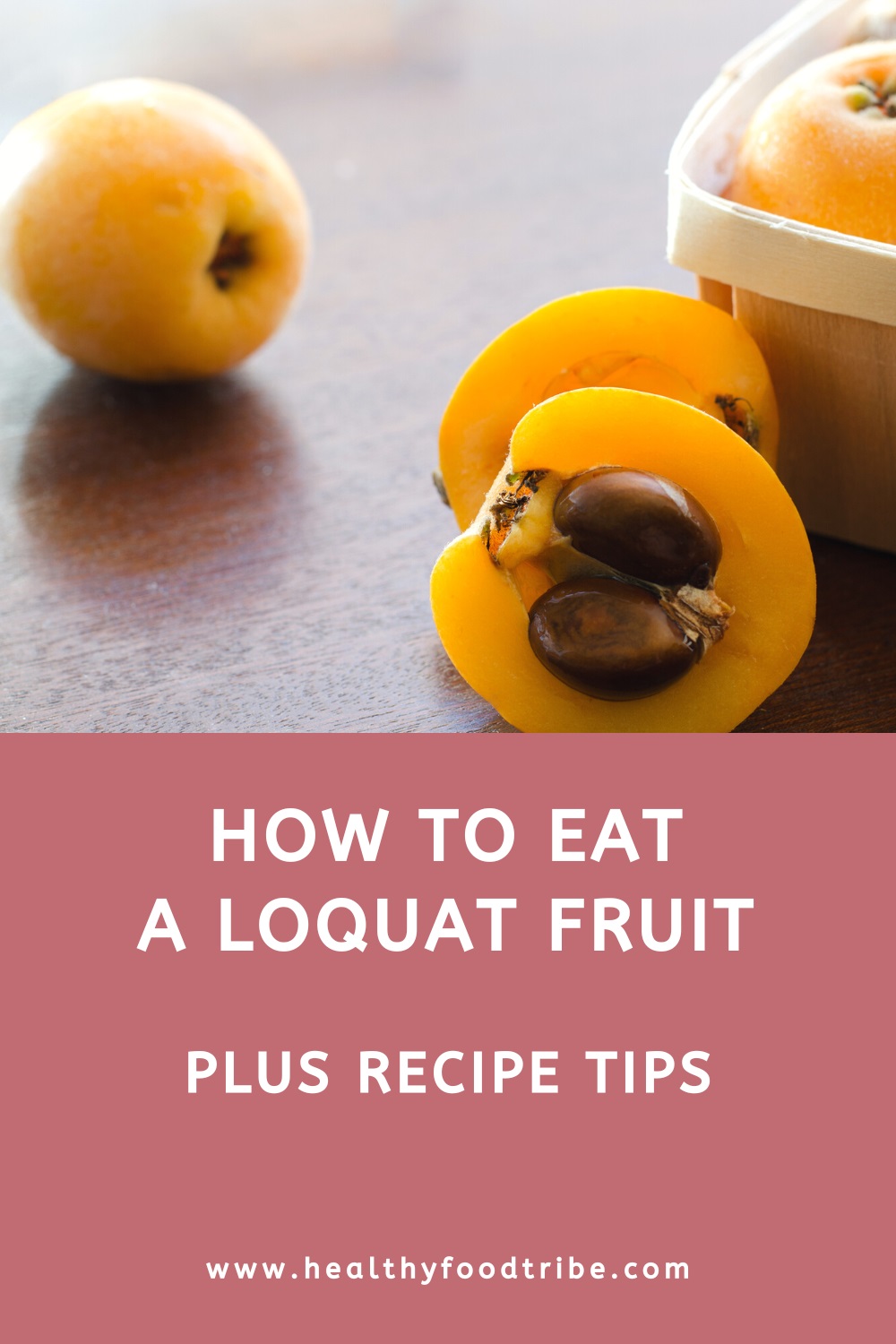
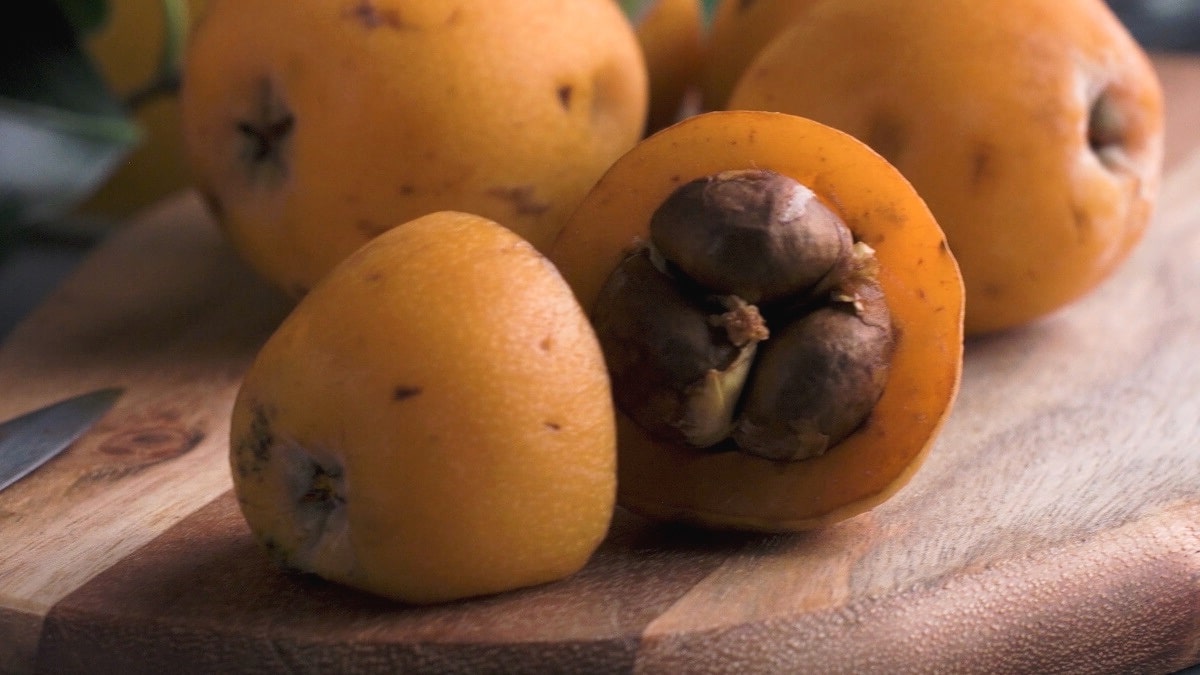
Thank you Donna, about the loquats.
I had no idea what to do when this tree went rogue and exploded with hundreds of fruit. I thought it was a magnolia tree because in our two years together in the same yard there was NO fruit!
This year was a wonderful, delightful, delicious experience, eating them fresh and making jam, thanks to all your welcomed helpful tips from harvesting to eating them. Kudos!
Thanks so much, Sue, that’s so great to hear!